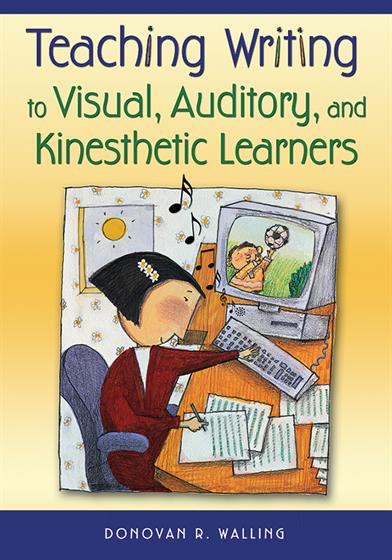Hands-on, Practical Guidance for Educators
From math,
literacy, science, equity, multilingual learners, and SEL, to assessment, school counseling,
and education leadership, our books are research-based and authored by experts
on topics most relevant to what educators are facing today.

Teaching Writing to Visual, Auditory, and Kinesthetic Learners
Are your picture-smart, music-smart, and body-smart learners lagging behind their word-smart and number-smart peers?
This innovative new resource for teachers, literacy coaches, and curriculum designers offers instructional strategies, sample lessons, and pathways to fluency to help these learners become effective writers! Matching teaching method to learning style and emphasizing both basic writing competencies and higher-level thinking skills, this resource greatly expands non-linear instructional options that focus on:
- Organizing ideas "artistically"
- Using walkabout strategies to clarify concepts
- Using pattern and rhythm for writing sense, and much more
- Grade Level: PreK-12
- ISBN: 9781412925204
- Published By: Corwin
- Year: 2006
- Page Count: 136
- Publication date: April 11, 2006

